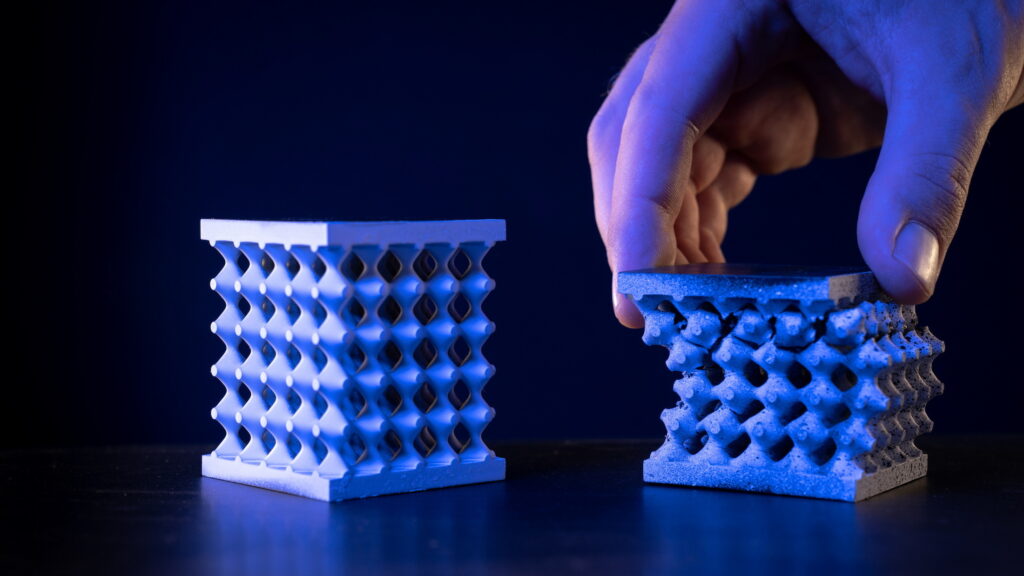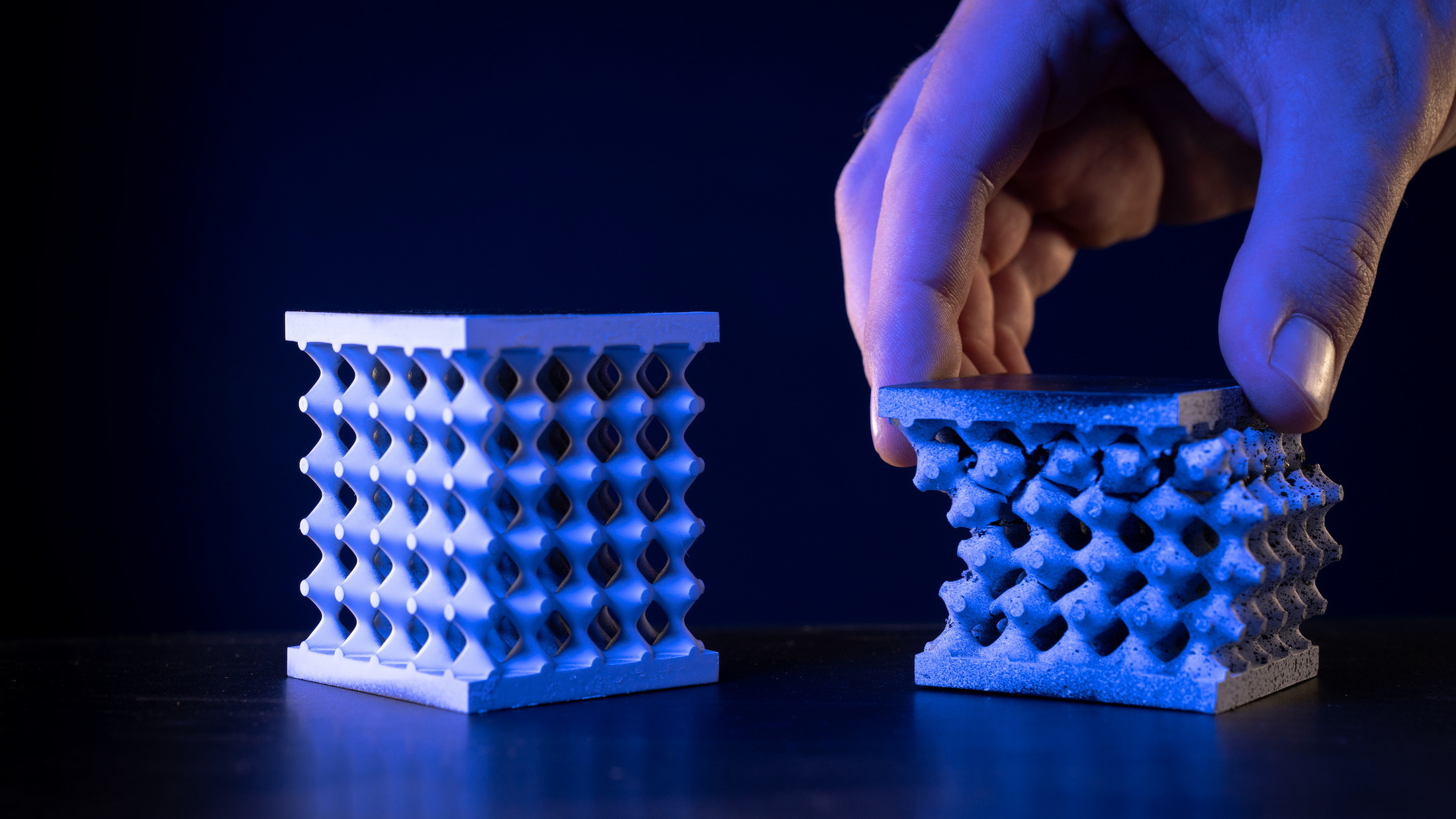When you think of Volkswagen innovations, you don’t often think of them as coming from the U.S., but the automaker has revealed what projects its Knoxville, Tennessee, innovation hub is working on to improve all vehicles, in particular electric ones.
For instance, the department is working on a way to speed up wireless vehicle charging. As with your phone, the advantages of simply having to park in a spot in order to give your EV’s battery a boost are plain to see, and the Knoxville innovation hub is working on a new coil design to make wireless chargers safer and faster.
A patented new design uses a silicon-carbide inverter to pump up the charging power from 6.6 kW in early prototypes, all the way up to 120 kW, allowing an EV to charge quickly despite not literally being plugged in. In the future, it hopes to boost that all the way up to 300 kW.
Read: BMW Offers The First Factory-Fitted Wireless Inductive Charger For The 530e iPerformance
To help keep the interiors of those electric vehicles as green as the powertrains, the automaker is also working on new paper-based materials. Thanks to a hot-pressing technique for making cellulose fiber reinforced thermoplastics, the recyclable material can go wherever plastics do today, and can be molded into a wide variety of shapes that feature multiple texture and color options. Volkswagen says it is already looking into how it can fit these new technologies into new vehicles.
One technology that the innovation hub has worked on is already in production vehicles. The team developed a new kind of fiberglass reinforced plastic that, in its initial test (the liftgate of an Atlas) was 35 percent lighter than the metal panel it replaced.
That’s useful for performance vehicles, which is why the new material can already be found in the Bentley Continental and the Lamborghini Aventador. Meanwhile, for an EV, the lighter material could help extend range.
Further helping to lighten EVs, the Knoxville team is also working with AI to develop new material structures that help cut weight. With the help of a deep learning algorithm, it developed a new modular repeating structure. Looking a bit like tiny pyramids that can be 3D printed from liquid resin, pieces made using the structure can support up to 30,000 times their own weight.
Volkswagen says that makes the material very useful for the frames that hold an EV’s battery pack in place. It estimates that a housing made of the material would weigh 60 percent less than a conventional steel unit, while still having excellent energy absorption qualities for safety, further helping it to extend EV ranges.
“The Volkswagen Innovation Hub is a powerful example of the kind of scientific advances and industry-ready technology that you can bring to market when you locate scientists and researchers from across disciplines and organizations together in one place.”, said UT Chancellor Donde Plowman. “With partners like Volkswagen, Oak Ridge National Lab, and others industry leaders and tech startups located at UT’s Research Park, we have created a thriving innovation ecosystem.”




















